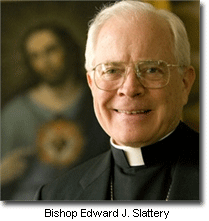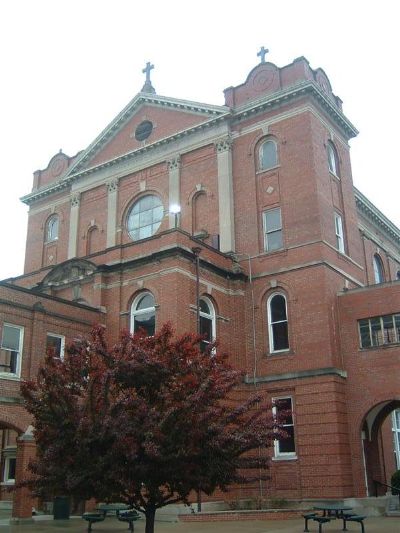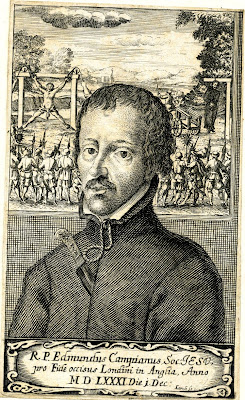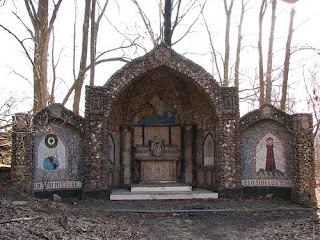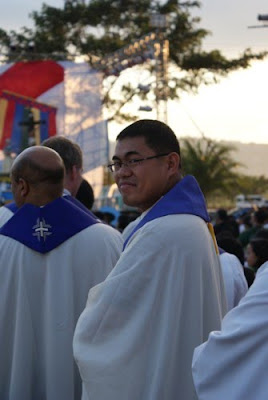
How many of the objectively permanent things have become subjectively impermanent?
I count at least 33: silence, solitude, detachment, self-control, contemplation, awe, humility, hierarchy, modesty, chastity, reverence, authority, obedience, tradition, honor, simplicity, holiness, loyalty, gentlemanliness, manliness, womanliness, propriety, ceremony, cosmic justice, pure passion, holy poverty, respect for old age, the positive spiritual use of suffering, gratitude, fidelity, real individuality, real community, courage, and absolute honesty (the passionate, or fanatical love of truth for its own sake). That's one lost value for each of the years in Christ's life.
We could, of course, profitably spend hours, days, perhaps lifetimes exploring each one of these 33 lost values; and we could probably add 33 more. But in this age of progress and time-saving devices we have no time for such important things any more—things like conversation, debate, meditation, prayer, deep friendship, imagination, even family. (If the sexual revolution doesn't do the family in, it will die for lack of time.)
But, you may think, this gloomy picture I have painted of a spiritual Dark Ages is only half the picture. What of all the progress we've made?
Well, let's look at the progress we've made. It can be divided into two kinds: spiritual and material. Let's take spiritual progress first. I think there has been some significant spiritual progress in modernity in at least one area: kindness vs. cruelty. I think we are much kinder than our ancestors were, especially to those we used to be cruel to: criminals, heretics, foreigners, other races, and especially the handicapped. I think this is very real progress indeed. I wonder, though, whether one big step forward offsets 33 steps back, some of them also big, some medium sized, but none small.
Link (here) to the Boston College professor Peter Kreeft, to his full article, which is called Religion and Socialism at Ignatius Insight..
 A Jesuit priest from the Midwest is training for a cross-country bike ride to raise awareness about poverty.
A Jesuit priest from the Midwest is training for a cross-country bike ride to raise awareness about poverty. 

